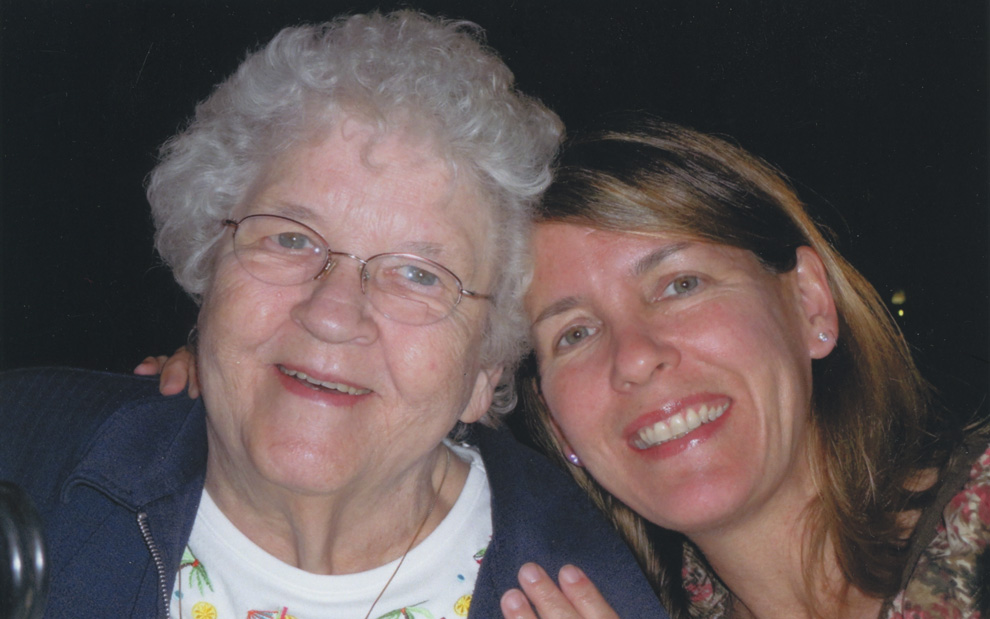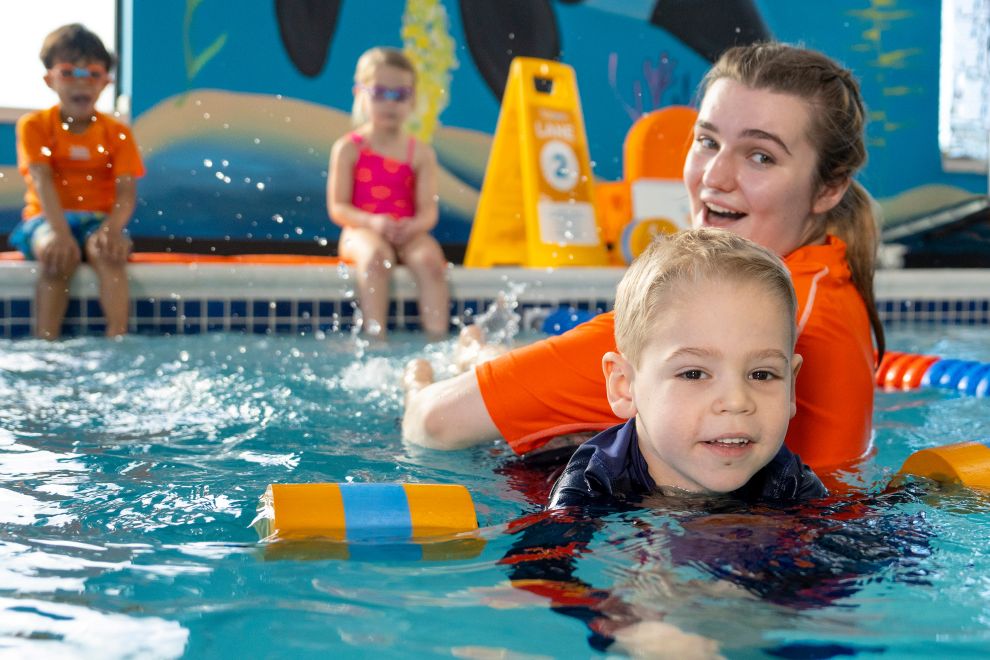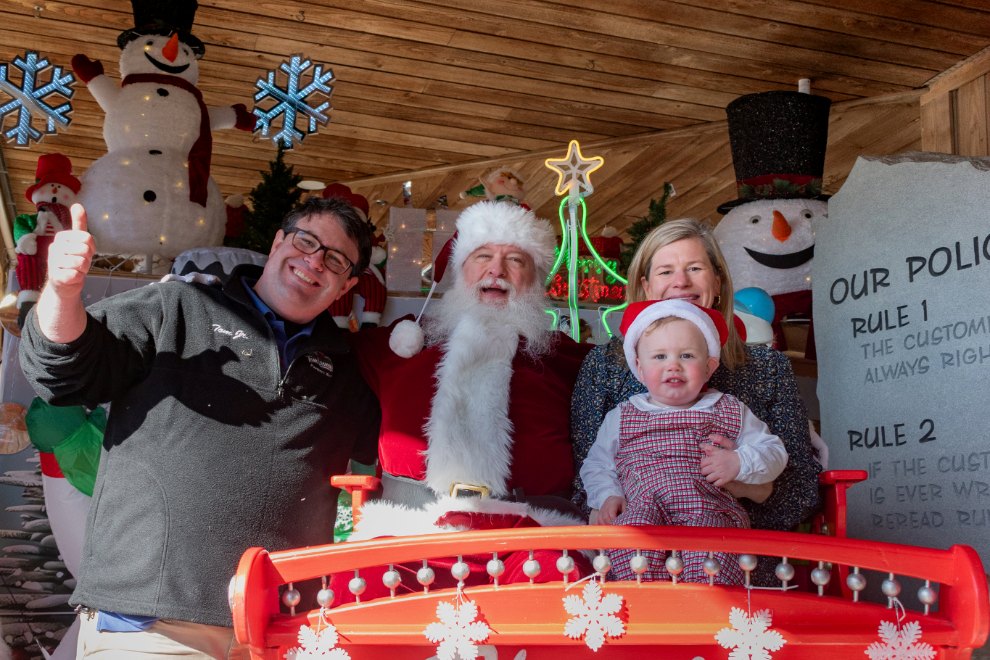“Well, it’s kind of a teen vampire romance story.”
That’s how a mom friend of mine described Twilight, the 2005 novel by Stephenie Meyer that evolved into a series of books and later, movies.
But this wasn’t just any friend. A treasured resource, she was a voracious reader who read or skimmed every book she could get her hands on and often gave me intel on the latest titles. In short, if you had asked this friend, Do you expect me to pre-read everything my child reads? she would have replied, Well, I do! – and meant it.
When my firstborn was in elementary school, she read above her age level. Like lots of smart kids in the 2000s, Sam devoured Harry Potter books as soon as they came out. I was constantly on the lookout for new authors or a new series to challenge her. One day, Sam came home from school and told me a fifth-grade classmate of hers had checked out Twilight from the school library.
The next time I was at Pinchbeck Elementary (shout out to one of Henrico’s best!), I stopped by the library and asked the librarian about Twilight. She told me it was, as my friend had described, a teen vampire romance novel, and she agreed that based on Sam’s reading history, it probably wasn’t a good fit. The librarian had recommendations for Sam, including The Lightning Thief, Charlie Bone, anything by Jane Austen, other classics (she mentioned Little Women, The Chronicles of Narnia, and Anne of Green Gables specifically), and historical fiction in general.
When I was a child, the landscape of children’s literature was a desert compared to what it is today: a rainforest of books on every imaginable topic with rich and diverse characters. Growing up, I honestly can’t remember having a single picture book in my home. I spent a lot of time in libraries – notably, in our beloved community library branch in the basement of a large stone bank building, which was conveniently located on my walk home from school. If I close my eyes, I can recreate how confident and happy I felt in that space.
I also have a core memory of a time my mother asked me to bring home a book from the library. In the seventies, some parents had a problem with the picture book, In the Night Kitchen by Maurice Sendak. In it, a cherubic preschooler was depicted floating through a kitchen in and out of cake batter and clothing. As my mother and I paged through In the Night Kitchen together, laughing at the illustrations, she told me a mother at our grade school had complained about the book at a PTA meeting. It was the first time I remember hearing about a book being challenged.
Earlier this year, Are You There God? It’s Me, Margaret was released in movie theaters. Published in 1970, Judy Blume’s iconic middle-grade novel told the story of an eleven-year-old girl who worried that all the other girls were starting their periods, getting boobs, and wearing bras – but she wasn’t. Like most girls my age, I devoured every Judy Blume book I could find: Tales of a Fourth Grade Nothing, Freckle Juice, Blubber, Deenie, and the iconic Forever. While I was spending my days reading and trying to write like Judy Blume and using my birthday money to build my home library, my mother never shared any complaints about Judy Blume’s books.
Judy Blume is a pioneer who wrote about real issues for real kids – like making out, bullying, and what it was like to wear a back brace for scoliosis. It’s been more than fifty years since some of Judy Blume’s books were first published and challenged – and they are still being restricted today.
If Judy Blume’s voice had been silenced decades ago, would the scores of authors who came after her have had the courage to become writing pioneers and explore being queer, existing in a Black body, living with racism and discrimination, or surviving sexual abuse? These are some of the issues children identify with today.
When I dropped by our elementary school to talk to our librarian about books for Sam, it was reassuring to talk to a professional. I knew then, as many parents realize now, that I could trust the insight of someone whose job it was to choose appropriate books for students, teach children how to use library resources, and help teachers develop lesson plans and find materials for classroom instruction.
Over the years, I lost touch with my reading mom friend, but I discovered other ways to help my kids connect with books. I often turned to commonsensemedia.org for helpful reviews and guidance on books, movies, and all kinds of media. I also trusted my kids to read books that not only interested them, but also helped them learn and grow as human beings.
Today, taking a page from my mom’s old-school parenting playbook might also be a good idea: If you hear about a book that has been restricted, pick up a copy of it and decide for yourself if it’s a good fit for your family. It was this kind of intellectual curiosity that helped turn me into a lifelong reader. And that’s something most of us want for our kids today.





